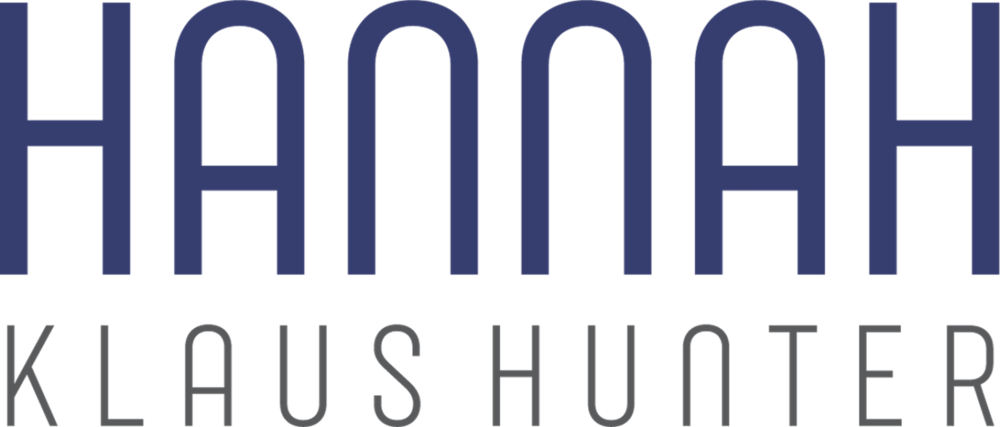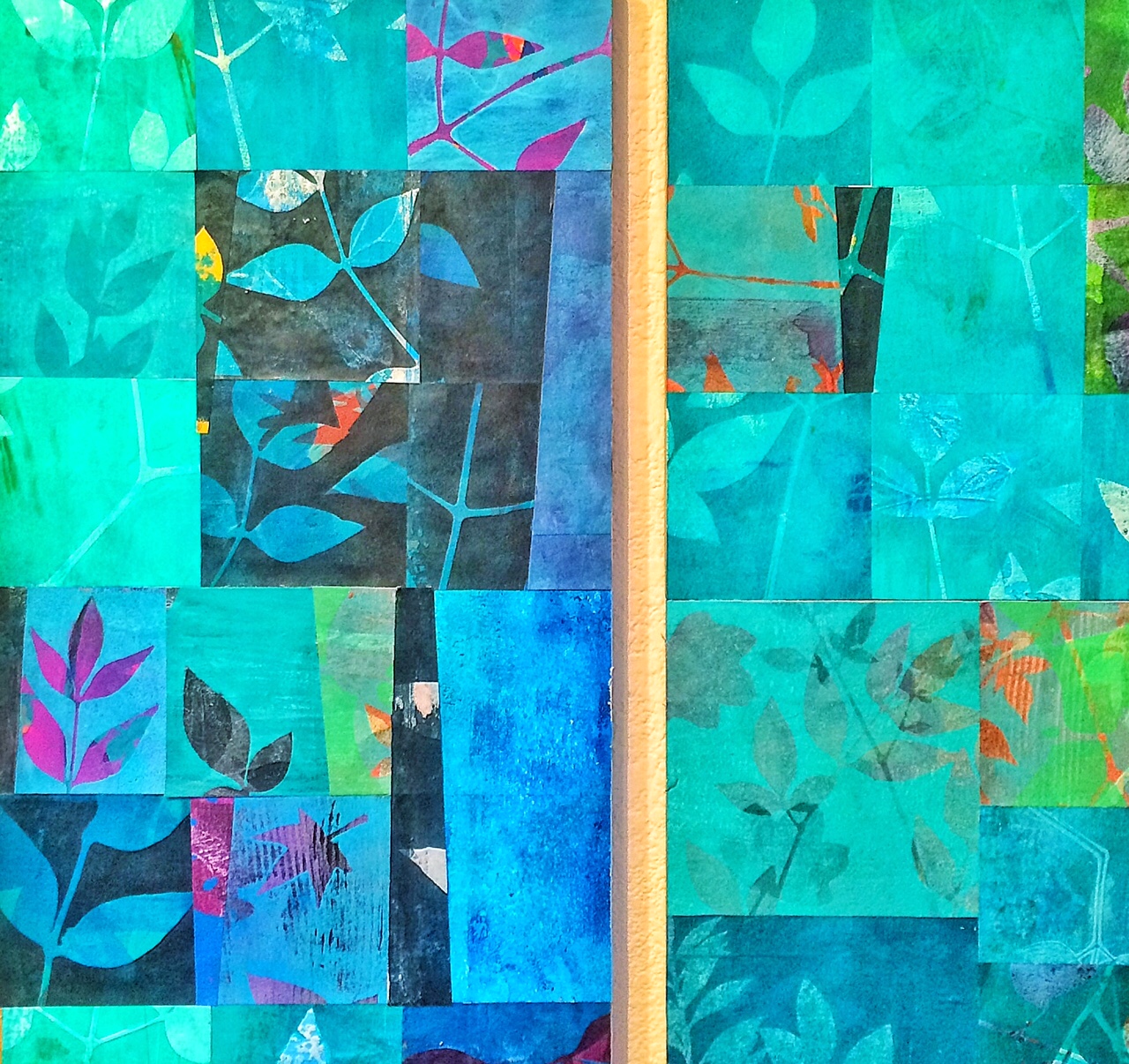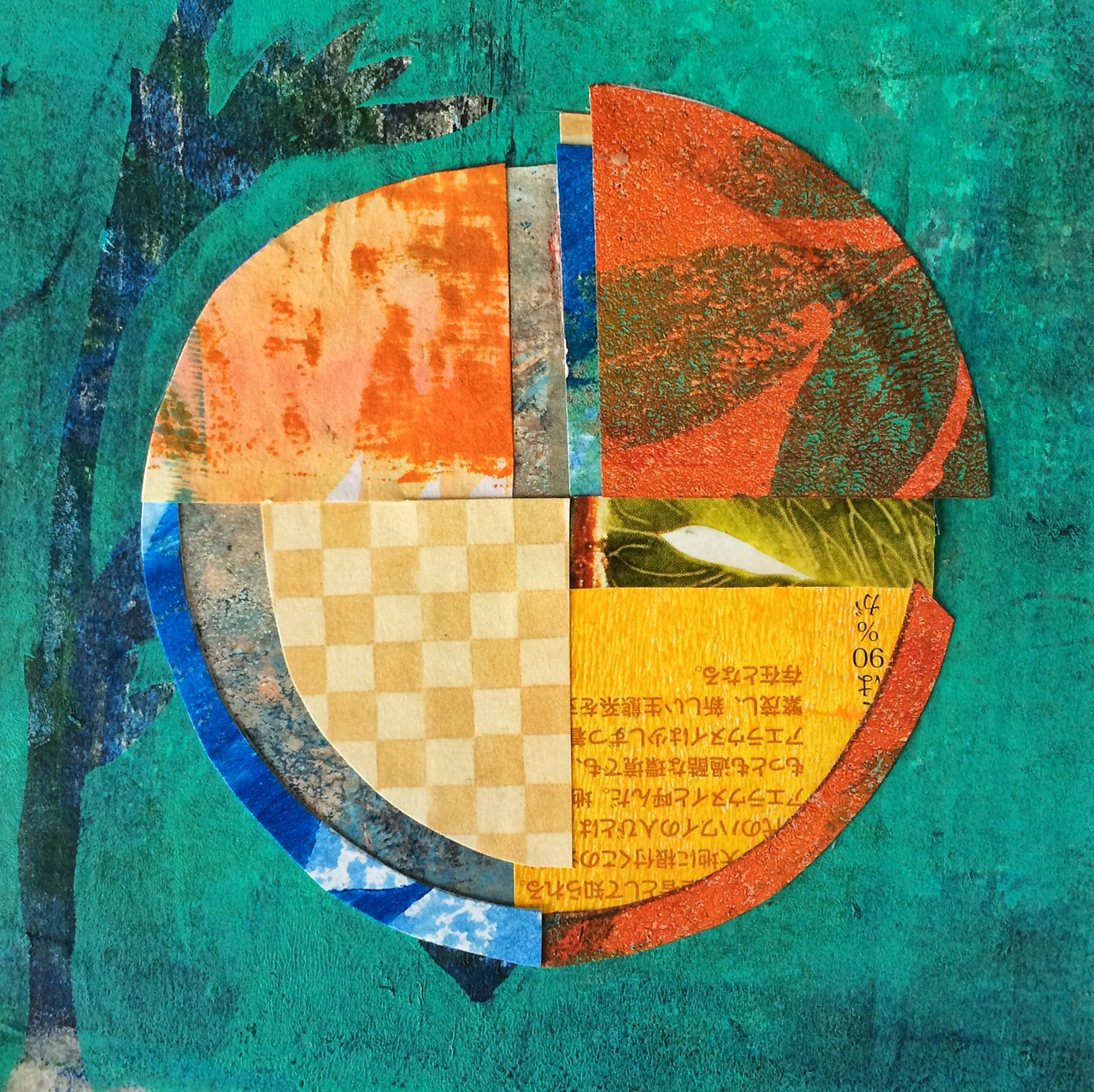 I recently retired from my university job as an art therapist. I decided to do this on my 60th birthday as a great gift to myself. I loved many aspects of the work but years of witnessing trauma, illness and death had taken their toll. Despite all the self-care I engaged in, I found myself prey to a variety of ailments which grew worse over time.
I recently retired from my university job as an art therapist. I decided to do this on my 60th birthday as a great gift to myself. I loved many aspects of the work but years of witnessing trauma, illness and death had taken their toll. Despite all the self-care I engaged in, I found myself prey to a variety of ailments which grew worse over time.
I love art therapy; that desire to heal is an innate part of my personality, but the balance is going to shift. Now, I'm spending most of my days in the studio making art. Occasionally, I'll still facilitate art therapy groups, in particular the Young Adult Bereavement Art Group, which I helped to initiate.
Friends ask me how retirement is going and I answer--fabulous! I find myself as busy as ever, without having to commute and I get to devote the time I need to the craft and business side of art, as well as to the craft of art therapy.
One of the surprising joys of this transition is the ability to take time for things as simple as washing dishes. What used to be a drag after 10 hours away from home, now feels like playing with bubbles in warm water when I need a break.
In a few weeks, I'll take part in an exhibition curated by Sara Post at the Davis Art Center. Titled "Material Worlds," the exhibit looks at the materials that go into artists' work and the ways in which these materials combine with ideas to bring art into being. An enticing notion, I'm excited to see what will emerge. I'll be showing three different works, which take the botanical monoprints cut into trapezoids, rectangles and squares and piece them together, quilt like, on a hardboard panel.
Although I didn't anticipate it, perhaps the piecing together of these papers is a metaphor for taking my life into my hands and reshaping it. So far it's working and my ailments are melting away.







